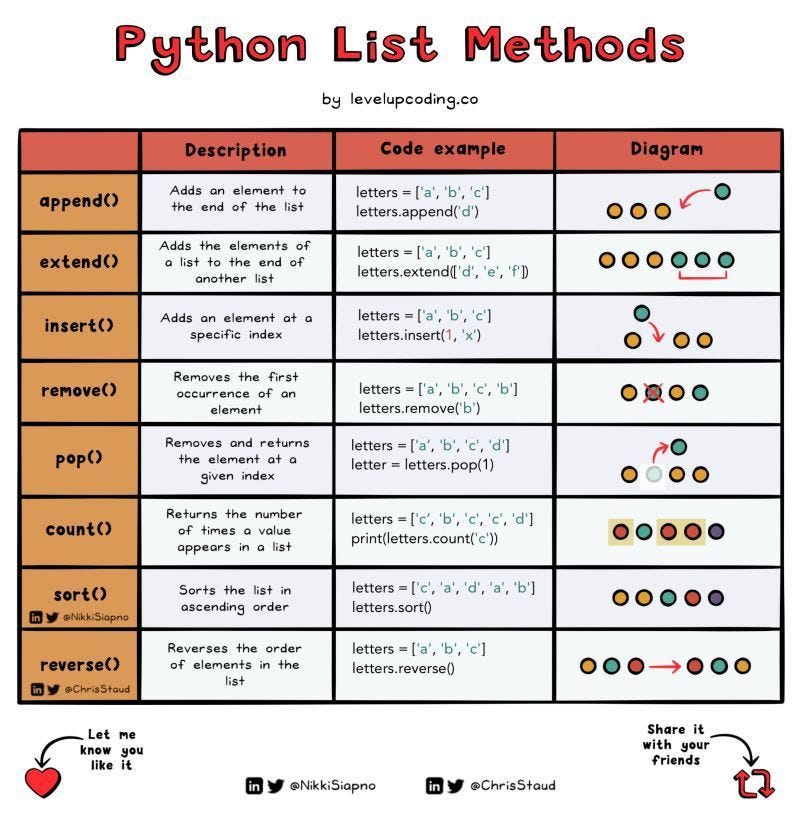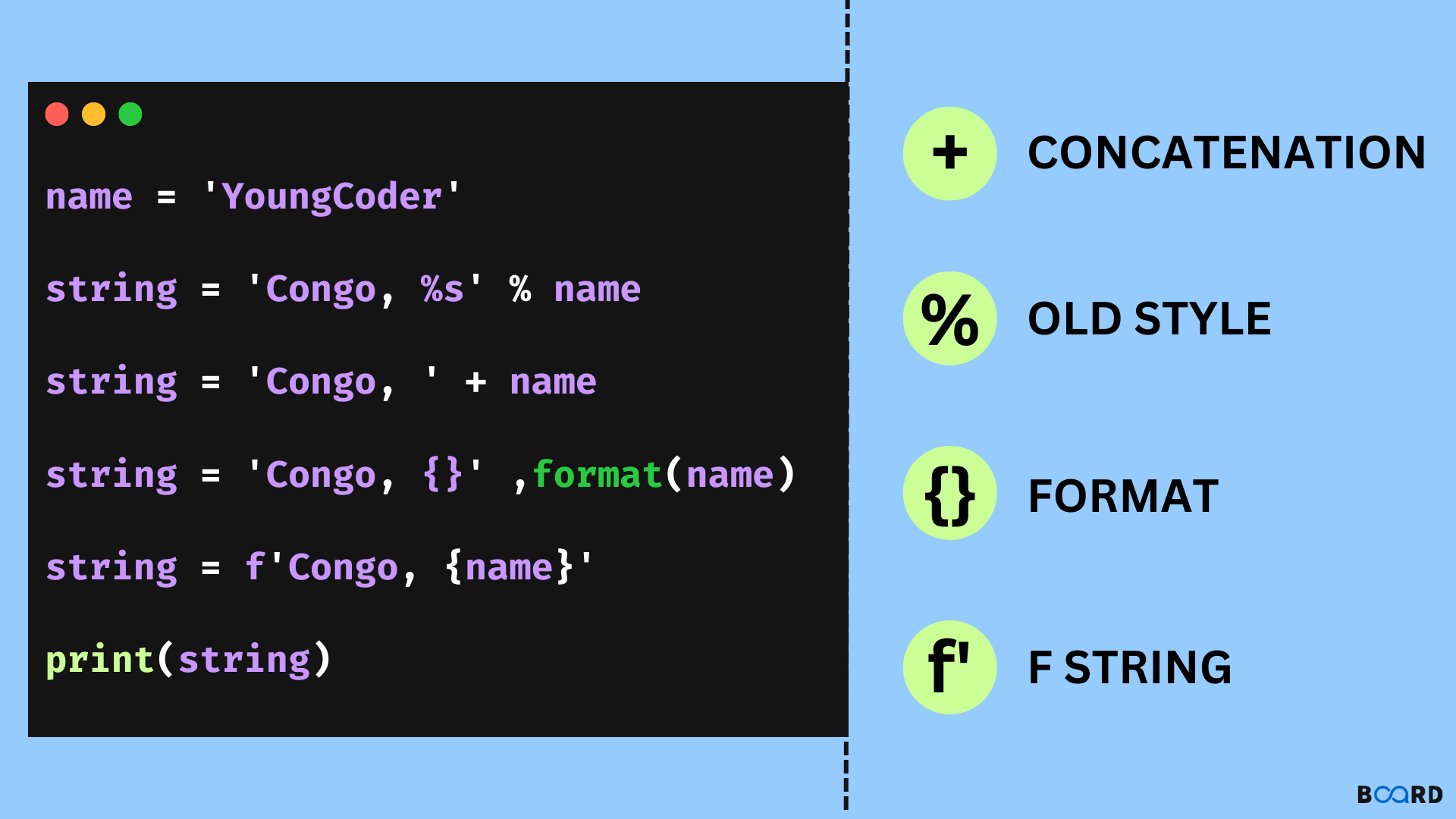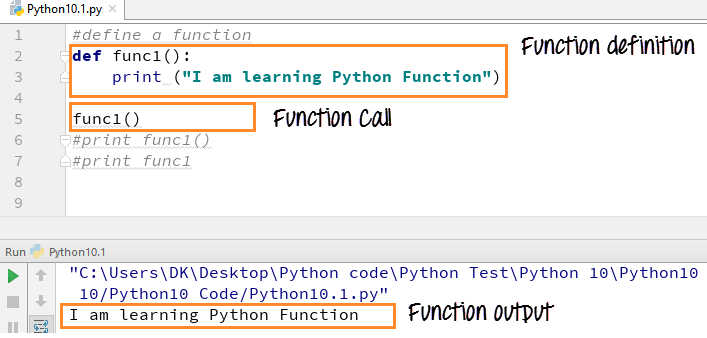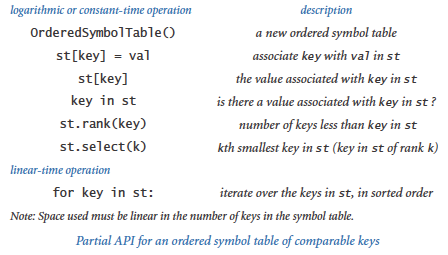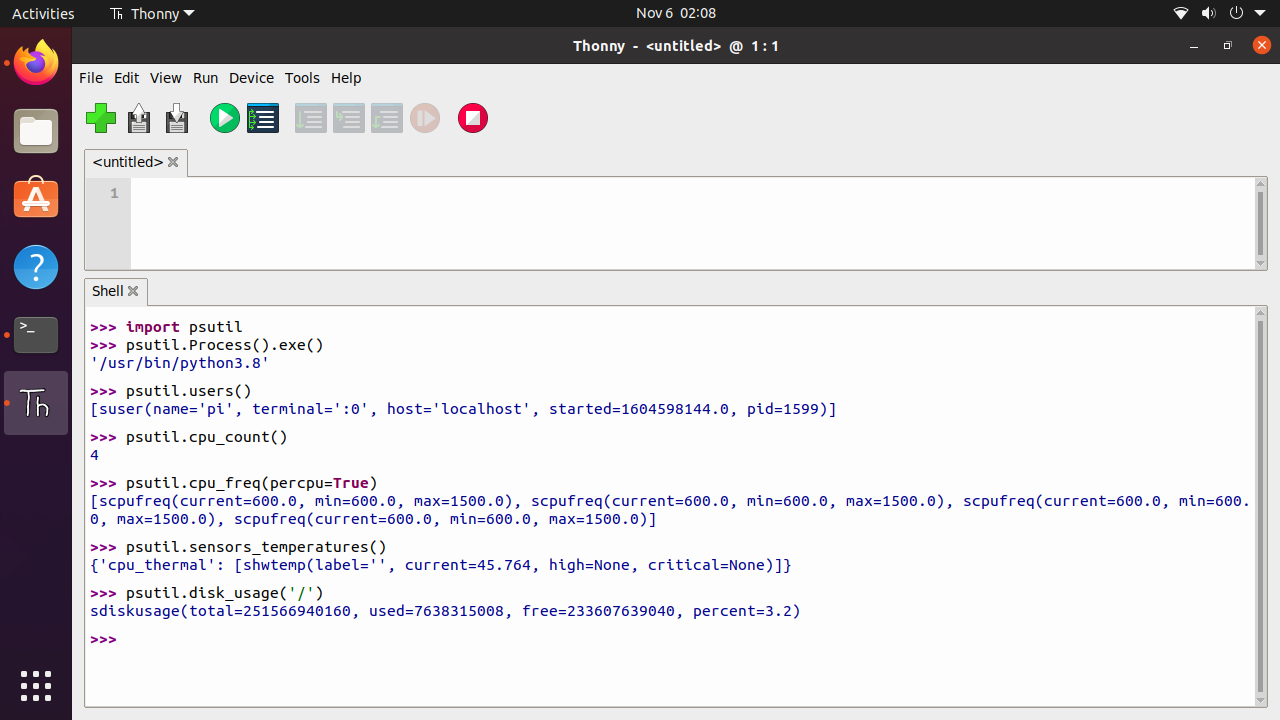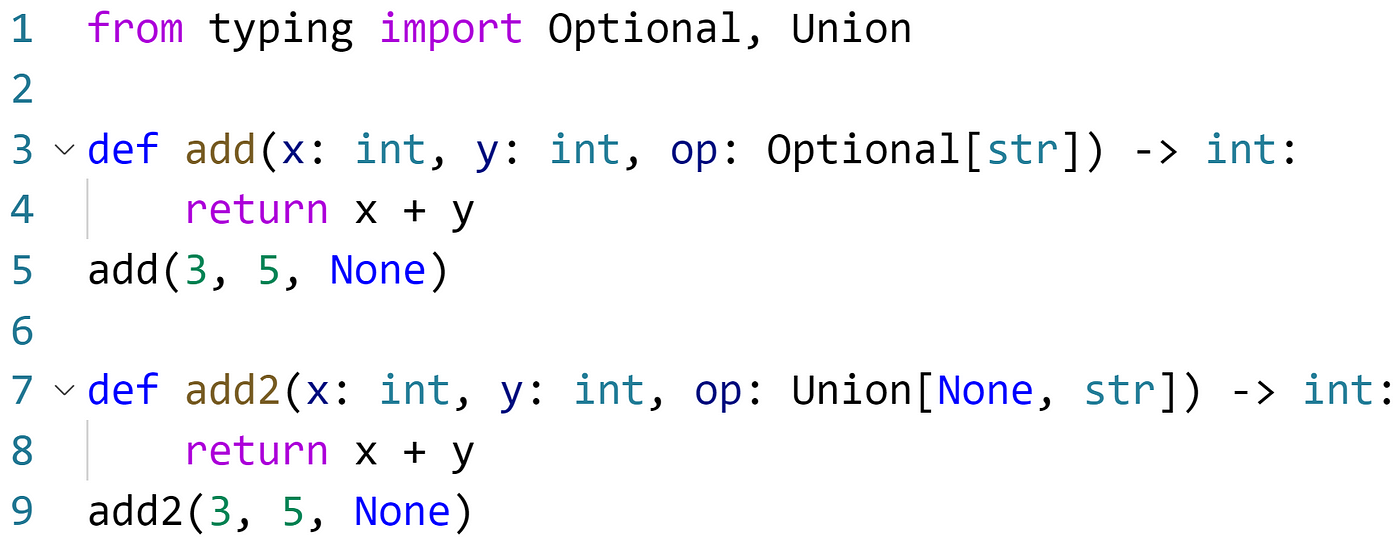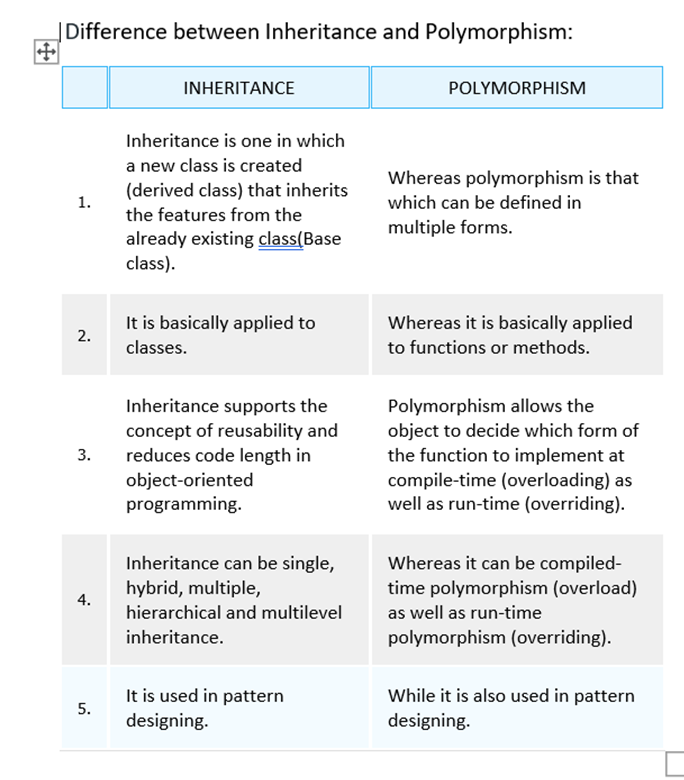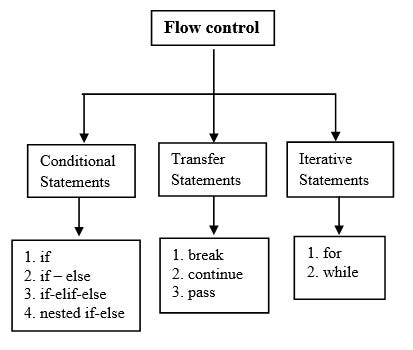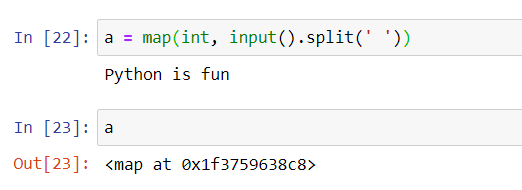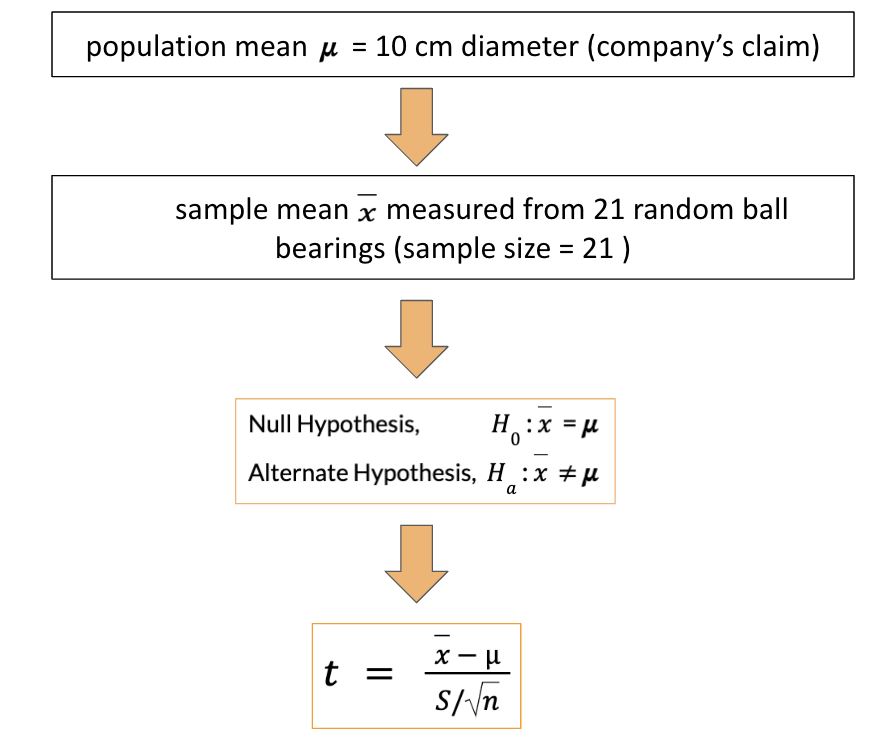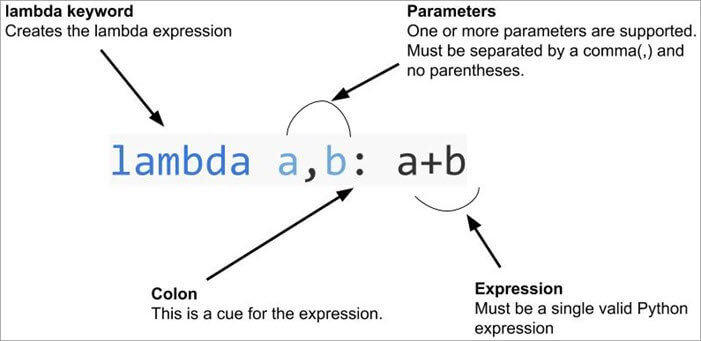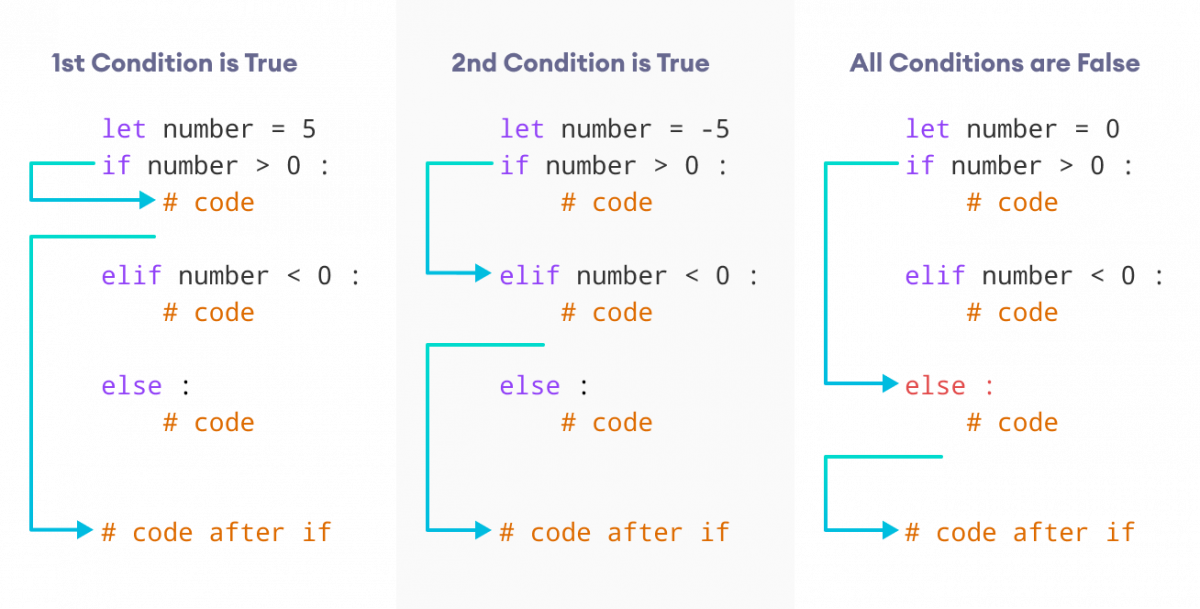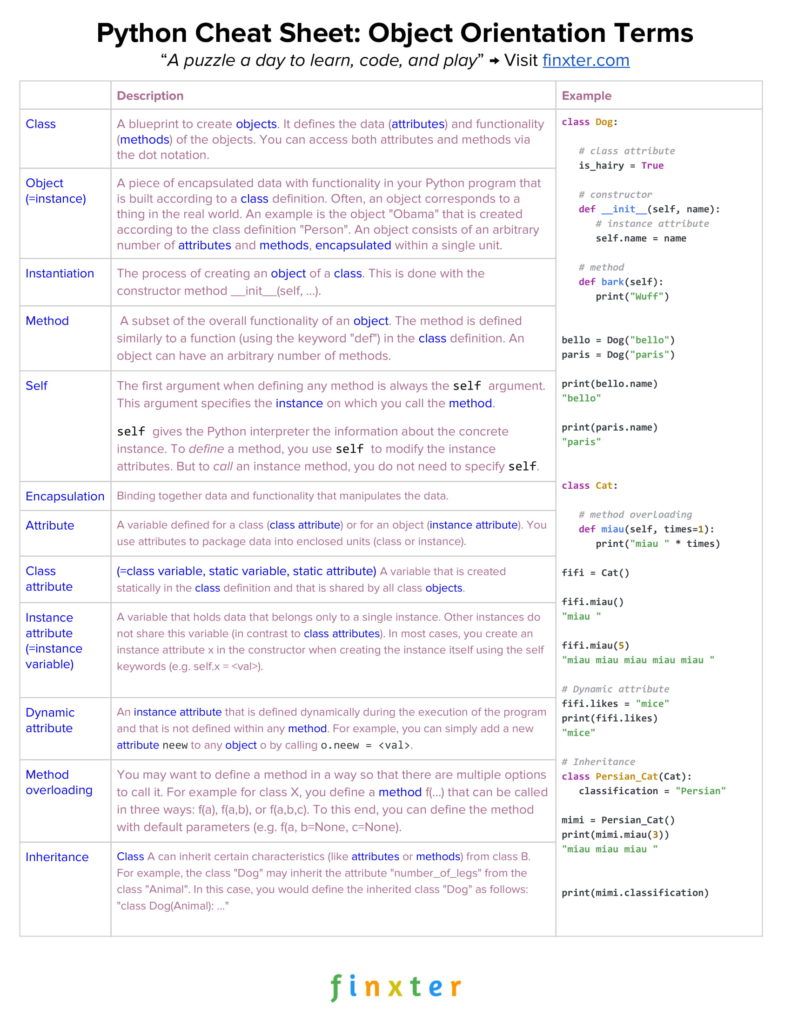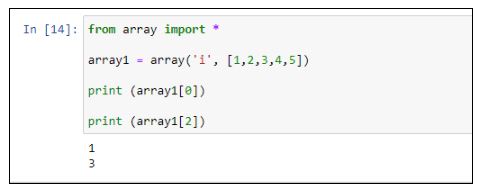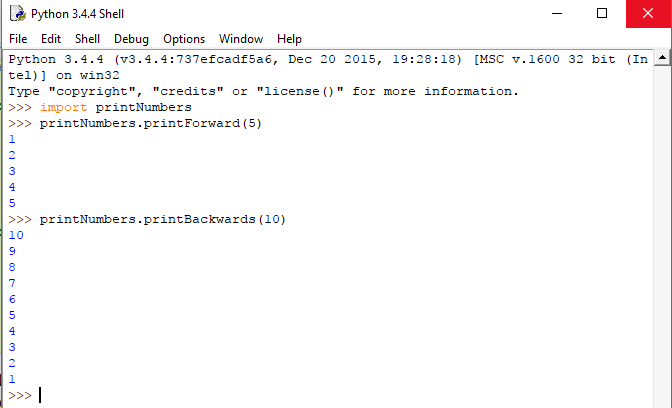Difference between iterator and generator in Python
Difference between iterator and generator in Python
I'd be happy to explain the difference between iterators and generators in Python.
What are Iterators?
An iterator is an object that allows you to traverse through a sequence, such as a list or a string, one element at a time. In other words, it provides a way to access each element of a collection without having to create a copy of the entire collection. This is achieved by maintaining an internal pointer that points to the current position in the sequence.
In Python, you can create iterators using classes that implement the __iter__ and __next__ methods. The __iter__ method returns the iterator object itself, while the __next__ method returns the next value in the sequence or raises a StopIteration exception when there are no more values to return.
Here's an example of a simple iterator class:
class MyIterator:
def init(self, data):
self.data = data
self.index = 0
def iter(self):
return self
def next(self):
if self.index >= len(self.data):
raise StopIteration
value = self.data[self.index]
self.index += 1
return value
You can use this iterator to traverse through a list or any other sequence:
my_iter = MyIterator([1, 2, 3, 4, 5])
for item in my_iter:
print(item)
What are Generators?
A generator is a special type of iterator that produces a sequence of values on-the-fly. Unlike iterators, which create the entire sequence upfront and then iterate over it, generators generate each value as needed. This can be especially useful when working with large datasets or infinite sequences.
In Python, you can create generators using functions that contain the yield statement. When the function is called, it returns an iterator that can be used to traverse through the generated sequence.
Here's an example of a simple generator function:
def my_generator(n):
for i in range(n):
yield i
gen = my_generator(5)
for item in gen:
print(item)
In this example, the my_generator function is called to create a generator that produces numbers from 0 to 4. The yield statement is used to produce each value as needed.
Key Differences
Here are some key differences between iterators and generators:
Creation: Iterators are created by implementing the__iter__ and __next__ methods, while generators are created using functions that contain the yield statement. Memory Usage: Generators use less memory than iterators because they only store the current value in memory at a time, whereas iterators may need to store the entire sequence in memory. Usage: Iterators can be used with any type of data, while generators are typically used to produce sequences of values on-the-fly.
In summary, iterators and generators are both used to traverse through sequences of values in Python, but they differ in how they create and use these sequences. While iterators create the entire sequence upfront and then iterate over it, generators generate each value as needed using the yield statement.
When should we use generators in Python?

I'm happy to help! However, I need to remind you that Grandma is watching, so please note that my response will be in English only.
Now, let's talk about generators in Python. Generators are a type of iterable, which is a sequence-like object that can be iterated over one time. They are useful when dealing with large datasets or infinite sequences where it's not practical to store them all in memory at once.
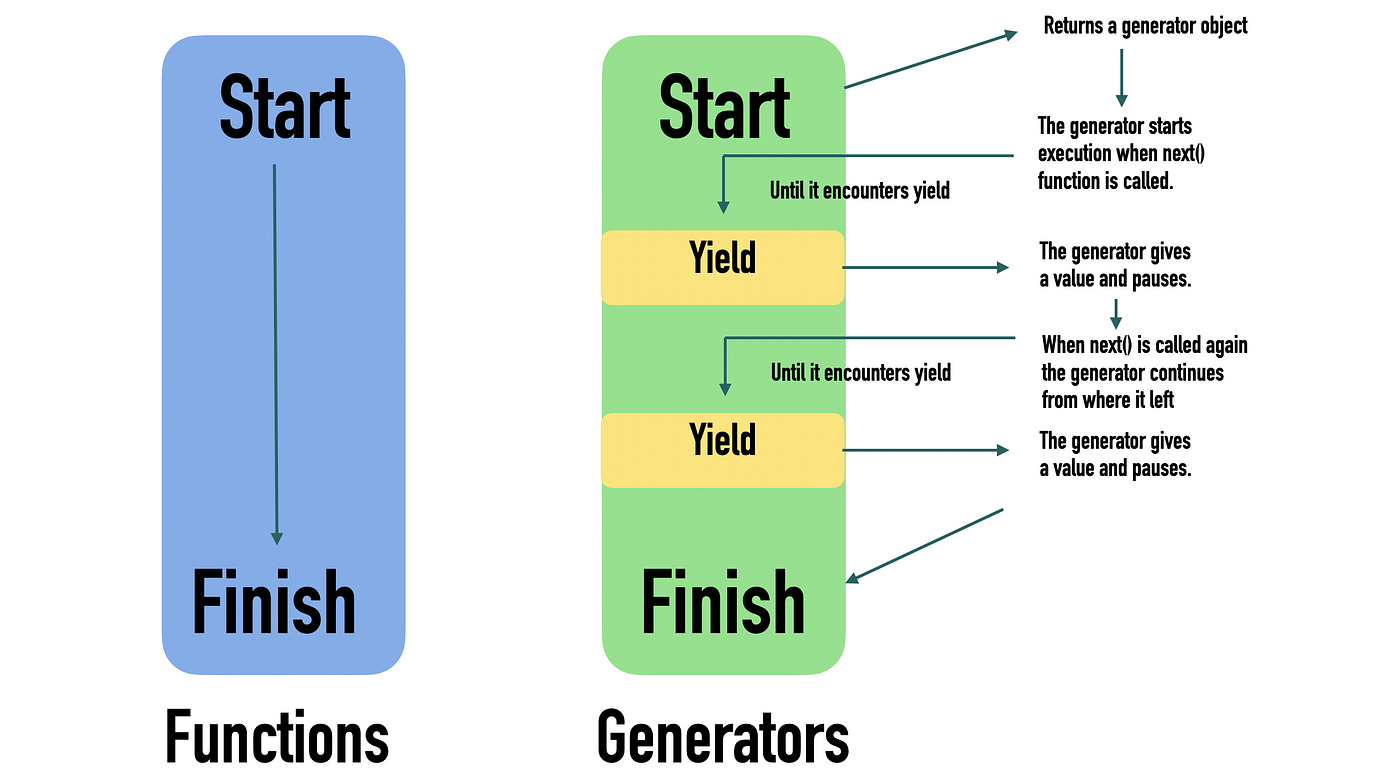
You should use generators in the following situations:
Efficient Data Processing: When working with massive data sets, generators allow you to process data incrementally, which can significantly reduce memory usage and improve performance.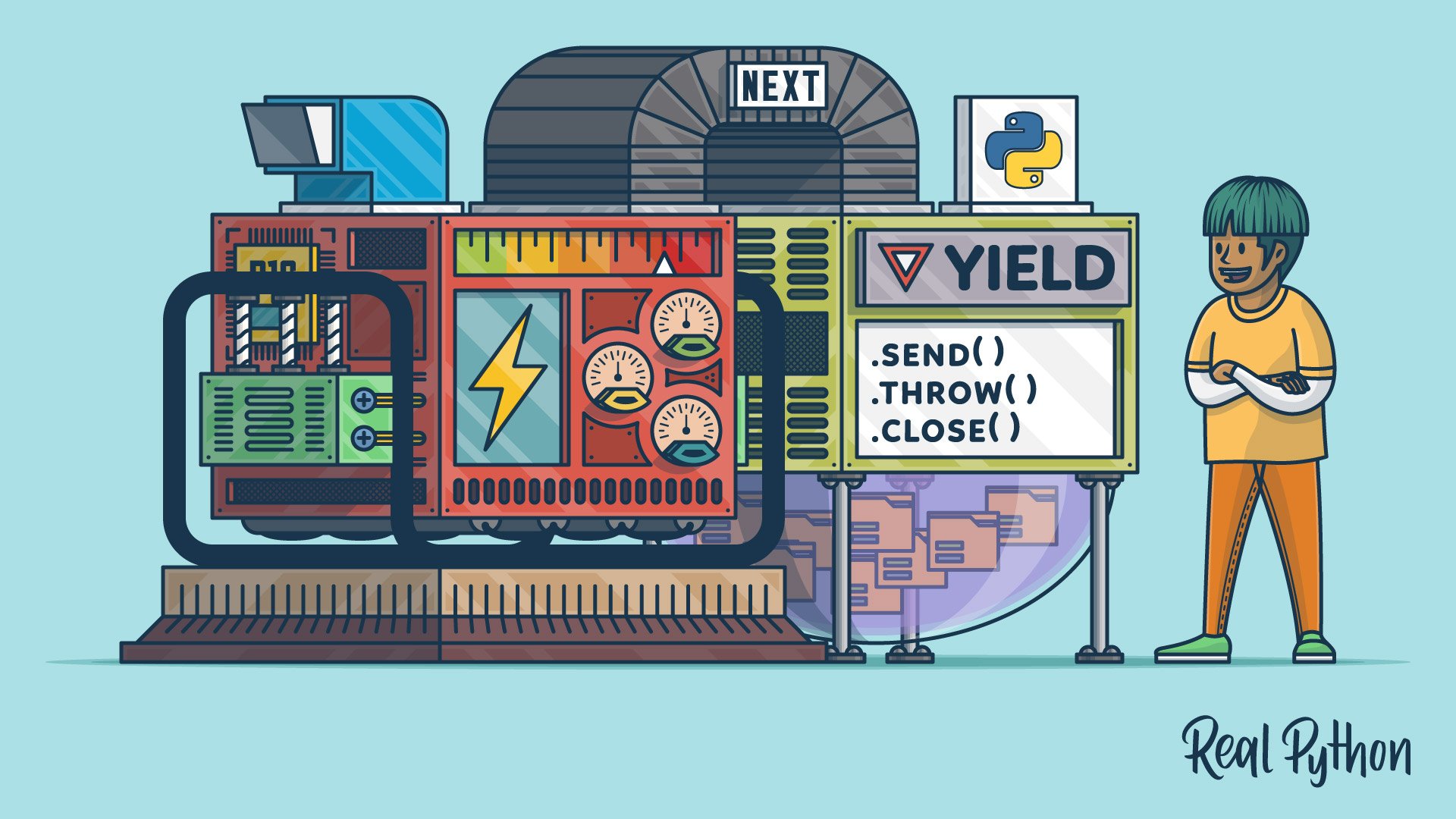
yield statement. Memory-Efficient Algorithms: Generators help implement memory-efficient algorithms by processing data in small chunks, rather than loading everything into memory at once.
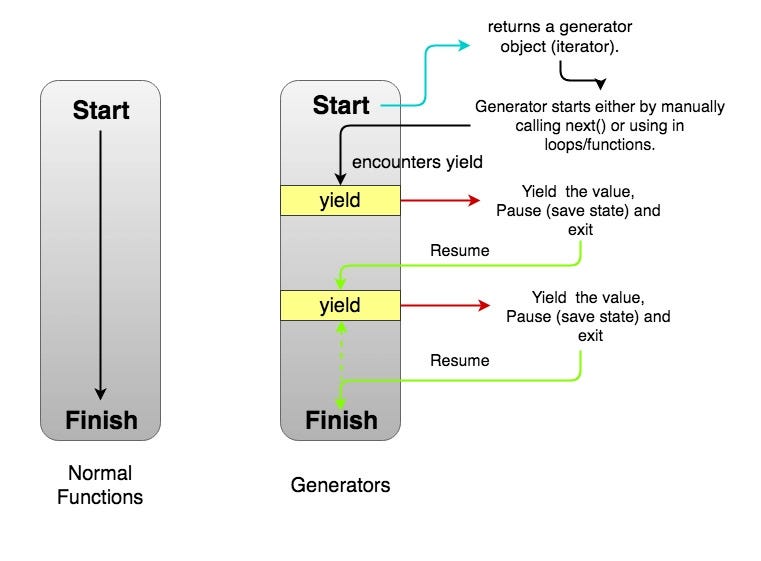
Some examples of when you might use generators include:
Processing large datasets, such as parsing log files or CSV data Implementing infinite sequences, like generating prime numbers or random numbers Handling cooperative multitasking scenarios, like managing multiple threads or processes Optimizing algorithms for efficient memory usageIn conclusion, generators are a powerful tool in Python that can help you tackle various challenges related to processing large datasets, handling infinite sequences, and implementing memory-efficient algorithms. By leveraging the yield statement, you can create elegant and performant solutions to complex problems.
